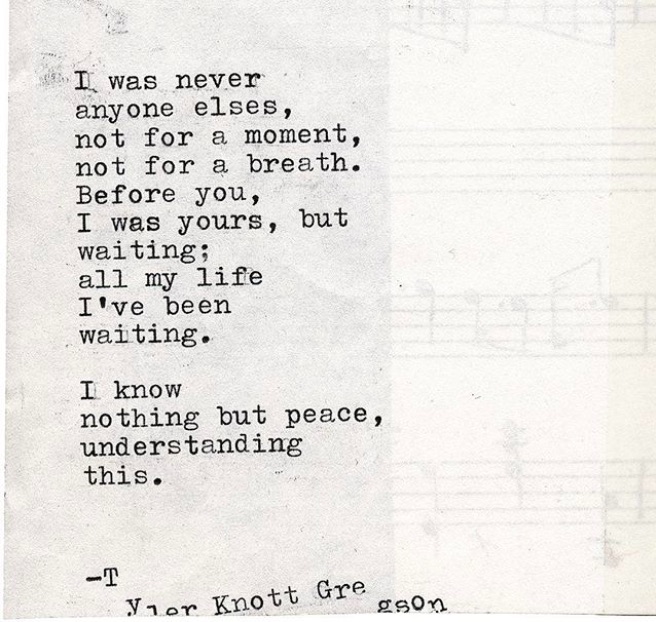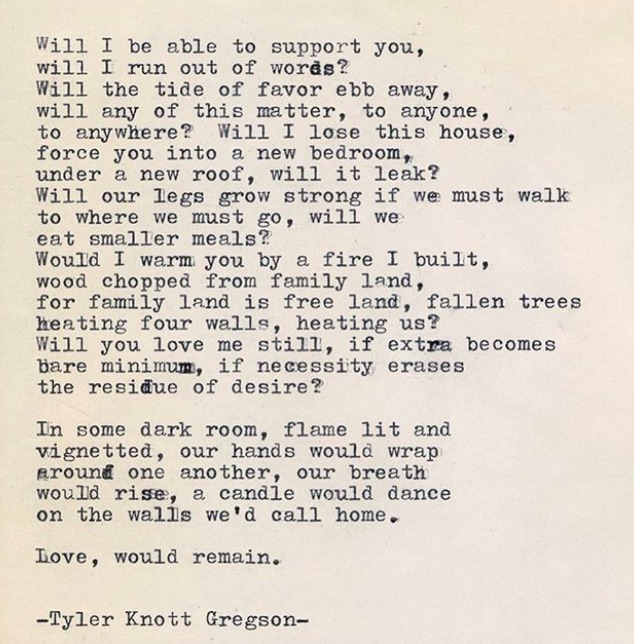Alnwick Castle was built shortly after the Norman Conquest and quickly became a key border fortress. Two battles were fought outside its walls which saw the death of Malcolm III in 1093 and the capture of William the Lion in 1174. The powerful Percy family acquired the castle in the early fourteenth century and it remains the property of their descendants, the Dukes of Northumberland.
History
Gallery
Getting There
History
Introduction
Alnwick is located within the modern English county of Northumberland which was originally part of the Kingdom of Northumbria, a vast domain that stretched from the River Humber to the Firth of Forth. As both the political entities of Scotland and England developed in the ninth and tenth centuries AD, both sought control of the territory. In AD 927 it was reduced to an Earldom and incorporated into England by King Athelstan. However, in 1018 Malcolm II of Scotland won a decisive victory at the Battle of Carham and took control of all land to the north of the River Tweed effectively splitting Northumbria. This remained the situation at the time of the Norman Conquest and, mindful of the need to secure his northern border, William I appointed trusted men to dominate the area.
The First Castle
The pre-conquest Anglo-Saxon owner of Alnwick, Bisbright Tisonne, was dispossessed by the Normans and the area was granted to Gilbert de Tesson (also referenced as Tyson) who had been William's standard bearer at the Battle of Hastings (1066). He built a small earth and timber motte-and-bailey castle on the site to establish control over the Great North Road, a major route north/south, at the point where it bridged the River Aln. Little is known about this early castle but it occupied a dominant position, surrounded on three sides by steep slopes.
First Battle Alnwick (1093)
In November 1093 the First Battle of Alnwick was fought outside the walls of the castle. A few months earlier, Malcolm III of Scotland had invaded northern England hoping to wrest control of Northumberland from William II. After campaigning in the wider region, Malcolm's forces arrived outside Alnwick Castle in the second week of November and besieged the fortress. The English King's representative - Robert de Mowbray, Earl of Northumbria - mustered a small force at Bamburgh Castle and marched to relieve Alnwick. Despite his inferior numbers, Robert made a covert approach and surprised the Scots. Malcolm was killed in the subsequent fighting.
The monument marking the location where Malcolm III was killed during the First Battle of Alnwick (1093).
Yves de Vescy
In 1095 Robert de Mowbray rebelled against William II. Gilbert de Tesson, a retainer of Mowbray and doubtless grateful for his support during the Scottish invasion two years earlier, joined the revolt. However, the coup failed and a Royal army was sent north to defeat Mowbray. He was besieged in Bamburgh Castle, briefly escaped to Tynemouth Castle but was then captured and his lands confiscated. Tesson was also dispossessed and Alnwick Castle was taken into Crown ownership. In 1096 William II granted it to Yves de Vescy who enhanced the castle. Although the fortress remained an earth and timber structure, the upgraded facility included two baileys on the east and west sides of the motte. This layout directly influenced all further building work at the castle. His son (William) and grandson (Eustace) continued upgrading the site including rebuilding some portions in stone.
The Anarchy
When Henry I died in 1135 the succession to the throne was contested between his daughter, Matilda, and his nephew, Stephen. England descended into the Civil War known as the Anarchy and David, King of Scotland, sought to exploit it. Stephen was crowned King on Christmas Day 1135 and in response David commenced several years of incursions into northern England nominally in support of Matilda. David's dominance over the north was further strengthened as he enhanced his border fortress at Carlisle Castle and, in 1141, obtained effective control of the Bishopric of Durham. His ambitions came to an end though at the Battle of the Standard (1138), fought at Cowton Moor near Northallerton, where his forces were defeated. Nevertheless Northumberland remained in Scottish hands and, for a period, the River Tees marked the border.
Second Battle of Alnwick (1174)
The Anarchy ended with the succession of Matilda's son, Henry II. He set about restoring Royal power after years of internal conflict and in 1157 took the northern counties back into his control. This was a bitter blow to the Scots and, when William IV became King in 1165, he immediately sought to recover the lost territories. When diplomacy failed, William sought other opportunities and in 1173 joined the rebellion of Henry the Young King. The Scottish King invaded northern England in 1173 and attacked Alnwick Castle, along with other Northumberland fortresses, as part of his campaign. However, William was a poor general and Alnwick resisted his assault. The following year William invaded again and once more besieged Alnwick Castle. A small English relief force under Ranulf de Glanville deployed from Newcastle and, at the Second Battle of Alnwick (1174), ambushed the Scots. More of a skirmish than a proper battle, the King's bodyguard was overwhelmed by the English attack and William was captured.
The plaque marking the capture of William IV (the Lion) of Scotland during the Second Battle of Alnwick (1174).
Rebellion
Throughout the twelfth and thirteenth centuries Alnwick Castle remained in the hands of the Vescy family. In 1215 the then owner, Eustace de Vescy, was appointed as one of the Barons assigned to enforce Magna Carta. This, coupled with his homage to Alexander II of Scotland, led him into conflict with King John who assaulted and burnt the castle. John's timely death in 1216 led to the family returning to Royal favour but when John de Vescy gave his support to the rebel cause during the Second Barons' War he temporarily forfeited the castle. Throughout, Alnwick Castle remained defensible and in 1297 it repulsed an attack by William Wallace who, fresh from his victory at the Battle of Stirling Bridge (1297), was seeking to take the war to the English. When the male line of the de Vescy family died out in 1297 the property was granted to Anthony Bek, Bishop of Durham.
Percy Family
In 1309 the castle was purchased by Henry de Percy (whose descendants would later become Earls and then Dukes of Northumberland). The family were descendants of William de Percy, a Norman Knight who had supported William I in his invasion of England. William had stayed behind to secure Normandy in William’s absence but arrived in England in 1067 and was rewarded with substantial lands in Yorkshire centred on caputs in Leconfield, Topcliffe and Spofforth. By the fourteenth century the family had expanded these landholdings significantly and, after the acquisition of Alnwick, Henry de Percy started the conversion of the castle into something befitting his status. He enhanced the fortifications significantly with the centrepiece being the re-building of the Keep. However, he had little opportunity to see the completed work for in 1314 he rode north with Edward II to relieve Stirling Castle in the campaign that culminated in the English rout at the Battle of Bannockburn. Henry was captured and ransomed by the Scottish forces and, whilst he returned to Alnwick, he died the same year.
The lion rampart of the Percy family.
War on the Border
The years following Bannockburn were difficult for Northumberland - Robert the Bruce led his army into the county trying to compel England to recognise the independence of Scotland. The weak and ineffectual Government of Edward II was unable to bring them to heel. The government of Roger Mortimer, Earl of March signed a peace treaty in 1328 but, once he was overthrown, the war resumed. Throughout Alnwick was critical as a secure base from which to mount operations and this was perhaps most notable in 1346 when the castle’s then owner, Henry Percy, led the English right wing at the Battle of Neville’s Cross where King David II was defeated and captured.
Lancastrian Regime
In 1399 Henry Bolingbroke, with the support of the Percy family, deposed Richard II and became Henry IV. However, Henry Percy soon came into conflict with the new King and rebelled against him. The coup was defeated at the Battle of Shrewsbury (1403) and Henry was besieged within Alnwick Castle. Under threat of cannon fire, Royal forces compelled the castle's surrender. Thereafter it was confiscated and retained by the Crown until Henry V returned it to the Percy family in 1413.
Town Wall
Scottish attacks into Northumberland continued throughout the fourteenth and fifteenth centuries with Alnwick town attacked and burnt in 1424. After successful lobbying to Henry VI, the town was granted a licence to build Town Walls in 1433 becoming one of only two towns in Northumberland to do so (the other was Berwick-upon-Tweed). However, it took a long time to raise the necessary funds and it wasn't until the 1470s that construction of the walls commenced. In the interim period Alnwick was attacked again by the Scots in 1448.
Bondgate is the only one of the town gates to have survived in its original form.
War of the Roses
During the Wars of the Roses the Percy family supported the Lancastrian side and Alnwick Castle was one of four castles (the others were Bamburgh, Dunstanburgh and Warkworth) held by that faction to secure the eastern March and thus the ability to import reinforcements from Scotland. However, Alnwick Castle surrendered to the Yorkists after the decisive victory of Edward IV at the Battle of Towton (1461) although resistance continued and the fortification regularly changed hands. It was held by Lancastrian supporters from December 1461 to July 1462, from Autumn 1462 to January 1463 and finally from May 1463 to June 1464. In 1469 it was restored to the Percy family.
Decline
During the reign of Queen Elizabeth the owner of Alnwick Castle was Thomas Percy, Seventh Earl of Northumberland. Although he was a committed Catholic, he was favoured by the Queen although marginalised as the religious reforms of that reign were implemented. In the autumn of 1569 he joined the Rising of the North against Elizabeth and, after this was defeated, he fled to Scotland. However, the Protestant regime of James VI sold the exiled Earl back to England and in 1572 he was executed at York. His titles and estates, including Alnwick Castle, passed to his brother Henry. However, he did not favour Alnwick and instead made his main residence at Warkworth Castle. Alwick Castle was left uninhabited and was neglected.
Union of the Crowns
Following the death of Elizabeth I in 1603, the crowns of England and Scotland were united with James VI of Scotland succeeding to the English throne (as James I). Whilst Alnwick town prospered from the increased trade along the Great North Road, the castle's role as a border stronghold had become superfluous. Likewise the Town Wall became redundant at this time and was subsequently dismantled with its stone re-used for other projects. Only the former East Gate (now known as Bondgate Tower) survived due to its use as a prison.
Gothic Palace
The importance of Alnwick was enhanced in the 1750s when Hugh Percy, Earl of Northumberland adopted the castle as his main residence. He commissioned James Paine and later Robert Adam to remodel the castle into a Gothic style stately home. By the mid-nineteenth century though their work was poorly regarded and Algernon Percy, Fourth Duke of Northumberland commissioned further changes that removed many of the alterations whilst concurrently transforming the structure into the Victorian ideal of a medieval castle. These modifications have served the castle well in recent years with it becoming a popular location for TV and film most notably Elizabeth (1998), Blackadder (1983), Ivanhoe (1997) and the Harry Potter series of films.



















